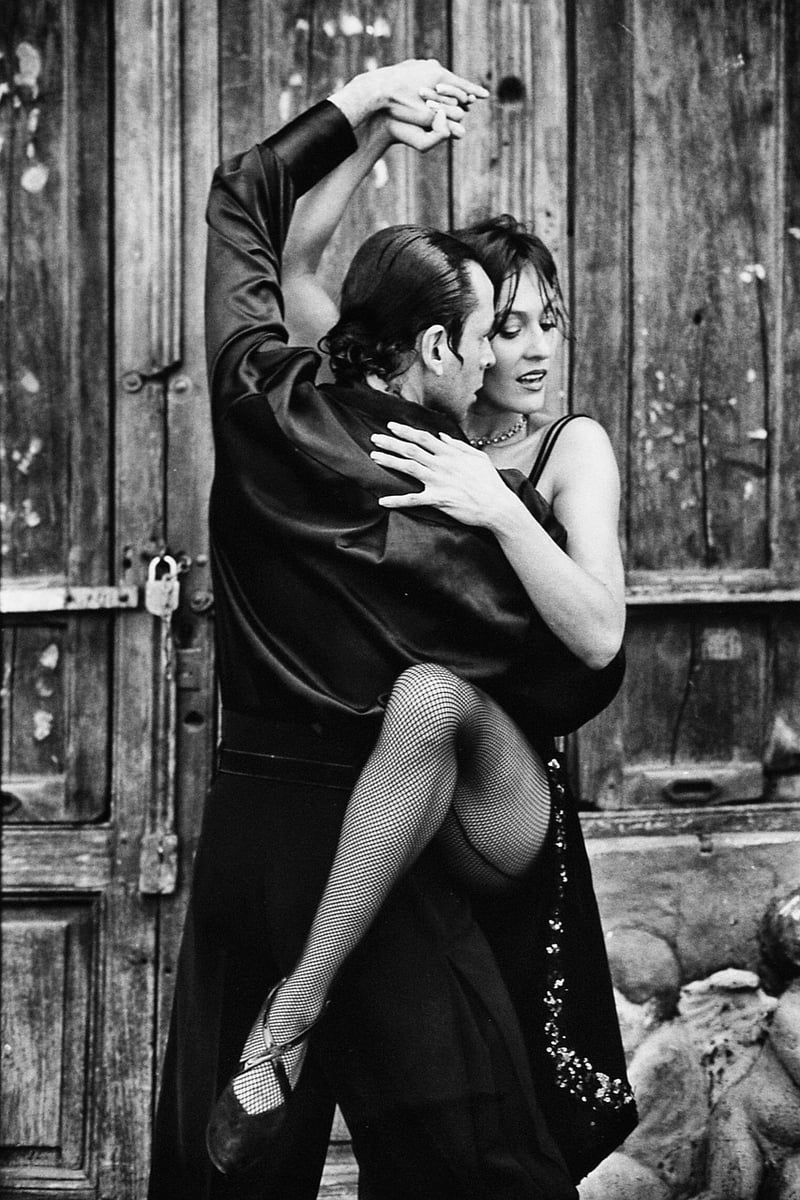Salsa
Exploring Expressive Movement Forms: Salsa Dancing
Salsa dancing is a vibrant and energetic dance form that originated in the Caribbean, with influences from Cuba, Puerto Rico, and other Latin American countries. It is known for its fast footwork, rhythmic hip movements, and expressive partnering techniques that make it a popular choice for social dancing and performances.
The Origins of Salsa
Salsa music and dance have deep roots in Afro-Caribbean culture, blending African and European influences to create a unique and lively art form. The term "salsa" was popularized in New York City in the 1960s, where it became a symbol of Latin American identity and pride.
Key Elements of Salsa Dancing
There are several key elements that define salsa dancing:
- Rhythmic footwork: Salsa is known for its intricate footwork patterns that syncopate with the music.
- Latin hip motion: Hip movements are central to salsa dancing, adding flair and sensuality to the dance.
- Partnering: Salsa is a partner dance that involves intricate turns, spins, and connections between dancers.
- Expression: Salsa dancers often use facial expressions and body language to convey emotion and connection with their partner.
Benefits of Salsa Dancing
Salsa dancing offers a range of physical, mental, and social benefits, including:
- Improved cardiovascular fitness
- Increased coordination and balance
- Stress relief and mood enhancement
- Social connections and community engagement
Getting Started with Salsa
If you're interested in learning salsa dancing, there are many resources available, including dance studios, online tutorials, and social dance events. Whether you're a beginner or an experienced dancer, salsa offers a fun and dynamic way to express yourself through movement.
Put on your dancing shoes and immerse yourself in the rhythm and passion of salsa!

Image Source: Pixabay
